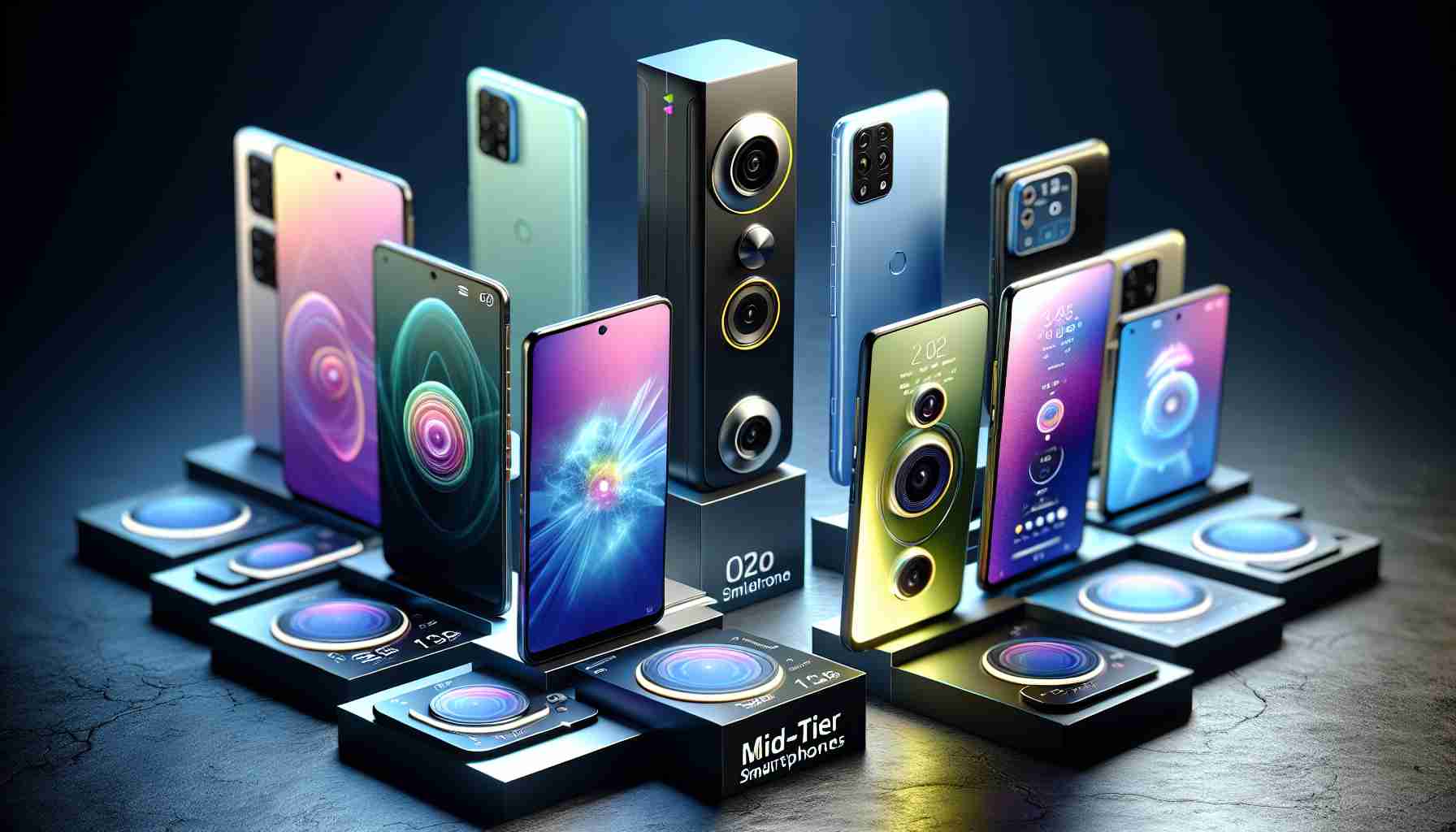A New Era for Cost-Effective Smartphones Brings Fierce Competition
The landscape of mid-range smartphones is undergoing an exciting transformation. The OnePlus 12R stands out in the market with an attractive price point around $500. It aims to provide premium features to consumers who seek more than just a basic handset but are not willing to splurge on top-tier devices.
Google’s Foray with Pixel 8a Challenges OnePlus
Google steps into the fray with its Pixel 8a, a device crafted to compete directly with the likes of the OnePlus 12R. These brands play to their strengths, with Google focusing on its heritage of AI advancements to bring an intelligent software experience to the fore.
Personalized Designs and Robust Features Define the Market
In the debate between style and substance, both these smartphones bring something special to the table. Those who value aesthetics will appreciate the sleek Pixel 8a, while the OnePlus 12R flaunts a distinctive look with its considerable camera setup. Both devices don’t skimp on durability; OnePlus emphasizes strong glass protection, and Google touts the Pixel 8a’s enhanced resistance to the elements.
Displays and Performance Diverge to Suit Varied Tastes
As for viewing experiences, the OnePlus 12R’s expansive 6.8-inch display is a dream come true for media enthusiasts. In contrast, Google’s Pixel 8a may have a smaller screen, but it makes up for it with vibrant colors and striking brightness. Underneath the exterior, a comparison of the internals reveals the OnePlus 12R’s powerful Snapdragon processor juxtaposed with the Pixel 8a’s energy-smart Tensor G3 chip, which leverages Google’s AI for a smooth operational experience.
Camera Technologies Push the Boundaries of Mid-Range Photography
Both the OnePlus 12R and Pixel 8a defy expectations with their advanced camera technology, rivaling even luxury counterparts. Such innovations in photography are narrowing the gap and wooing prospective customers with high-end capabilities.
Choice in the smartphone world is ultimately a personal matter. Google’s promise of extensive software support is a testament to its commitment to longevity, while the OnePlus 12R’s performance hardware may attract a different audience. Scrutinizing the details from both Google and OnePlus is key to making an informed decision.
Software Sustainability and Final Considerations
The significance of software in the life span of a smartphone can’t be overlooked. The Pixel 8a’s seven-year commitment to software updates is a considerable advantage for those concerned with environmental sustainability. Still, potential owners must balance this against their preferences for customization and experience, as OnePlus’s OxygenOS showcases.
In summary, whether drawn to Google’s cutting-edge AI integration or the creative flexibility of OnePlus’s OxygenOS, consumers are witnessing an era where top-tier features become increasingly accessible in mid-range smartphones.
Most Important Questions and Answers:
What are mid-range smartphones?
Mid-range smartphones are devices that offer a balance between affordable entry-level phones and high-end premium models. They are designed to include some advanced features and specifications found in flagship devices but at a more economical price point.
Why are mid-range smartphones becoming more popular?
Mid-range smartphones are gaining popularity as they offer many features of premium smartphones without the steep price tag. This appeals to consumers who want quality and performance but have a limited budget or do not require all the high-end features.
Key Challenges and Controversies:
1. Software Updates: Timely and consistent software updates are a challenge for many manufacturers. While Google promises long-term software support, not all manufacturers can guarantee such commitments, potentially leaving users with outdated or less secure systems.
2. Hardware vs. Software Optimization: There’s an ongoing debate over whether better hardware or optimized software contributes more to user experience. Some users prefer high-performance hardware while others value a smoother software experience.
3. Market Saturation: The mid-range smartphone market is highly saturated, making it difficult for new entrants to differentiate themselves and for consumers to make informed choices.
4. Price Competition: Some manufacturers might cut corners in quality to keep prices low, which can result in a compromised user experience.
Advantages:
– Affordability: Mid-range phones offer a less expensive alternative to flagship models while still providing many of the same features.
– Technology: Consumers have access to advanced technologies like high-quality cameras and powerful processors without the premium price.
– Diversity: There is a wide range of options available to suit different preferences and needs.
Disadvantages:
– Performance: While improving, mid-range phones may not match the performance and longevity of flagship models.
– Compromises: To achieve a lower cost, some features or materials may be compromised, such as screen quality or build material.
– Brand Perception: Some users may be influenced by brand perceptions and assume mid-range models are inferior to well-known flagship models regardless of actual performance.
If you’re interested in knowing more about mid-range smartphones or want to explore the variety of available options, trusted resources include technology news websites and consumer electronics review sites. Here are a couple of related links:
– The Verge
– TechRadar
These websites are good starting points for the latest news, reviews, and comparisons of mid-range smartphones.
The source of the article is from the blog lisboatv.pt
